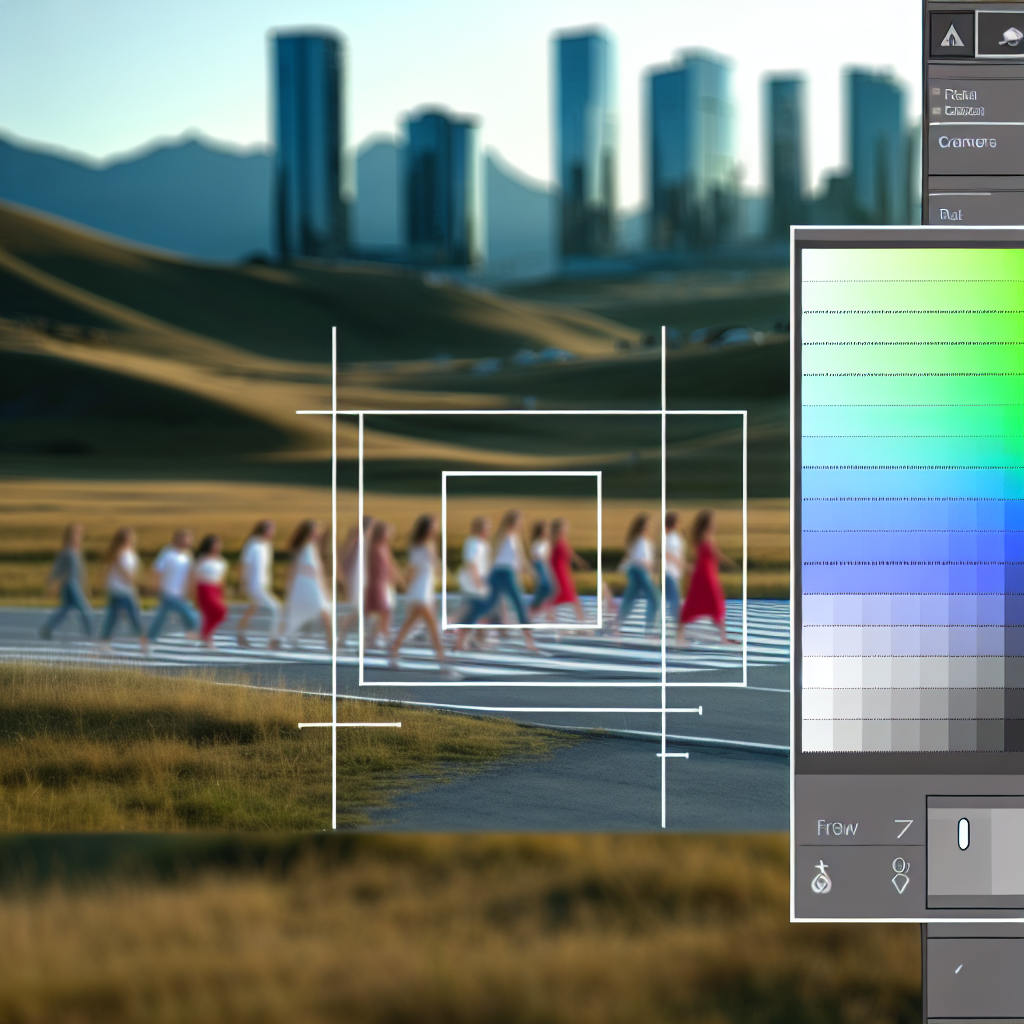Marketing Forensics
How to Design Ads for Better Click-Through Rates
-
Table of Contents
- How to Design Ads for Better Click-Through Rates
- Understanding Click-Through Rates
- Importance of Ad Design in CTR
- Strategies for Designing Ads for Better CTR
- 1. Use High-Quality Images
- 2. Incorporate Clear and Compelling Call-to-Action (CTA)
- 3. Leverage the Power of Colors
- 4. Keep it Simple and Clean
- 5. Use Relevant Ad Copy
- Case Study: How Airbnb Improved Their CTR
- Conclusion
How to Design Ads for Better Click-Through Rates

Click-through rates (CTR) are a critical metric in digital advertising. They measure the percentage of people who click on your ad after seeing it, providing a clear indication of its effectiveness. A higher CTR means more traffic to your website and potentially more conversions. However, achieving a high CTR is not a walk in the park; it requires a well-thought-out ad design strategy. This article will guide you on how to design ads that will improve your CTR.
Understanding Click-Through Rates
Before delving into the design strategies, it’s crucial to understand what CTR is and why it matters. CTR is the ratio of users who click on a specific link to the number of total users who view a page, email, or advertisement. It’s a vital metric in pay-per-click (PPC) marketing campaigns as it directly affects your Quality Score in Google Ads, influencing how much you pay every time someone clicks your ad.
Importance of Ad Design in CTR
Ad design plays a significant role in improving CTR. A well-designed ad grabs attention, generates interest, and prompts action. It’s not just about making the ad look good; it’s about making it effective. A study by Microsoft found that humans now have an attention span of 8 seconds, shorter than a goldfish. This means advertisers have a very short time to make an impression. Therefore, your ad design should be compelling enough to capture attention and prompt clicks within seconds.
Strategies for Designing Ads for Better CTR
1. Use High-Quality Images
Images are the first thing people notice in an ad. High-quality, relevant images can instantly grab attention and generate interest. According to a study by MDG Advertising, content featuring compelling images averages 94% more total views than those without.
2. Incorporate Clear and Compelling Call-to-Action (CTA)
A CTA is a prompt that tells the viewer what action to take. A clear, compelling CTA like “Buy Now,” “Sign Up,” or “Learn More” can significantly improve your CTR. A study by AdRoll found that ads with a clear CTA improved click-through rates by over 285%.
3. Leverage the Power of Colors
Colors can evoke emotions and influence behavior. Using the right colors in your ad can improve visibility, draw attention, and prompt clicks. A study by the Pantone Color Institute found that ads with a dominant color tend to have a higher CTR than those without.
4. Keep it Simple and Clean
Cluttered ads can be confusing and off-putting. Keeping your ad design simple and clean can make it easy to understand and more likely to be clicked. A study by Google found that viewers are 2x more likely to click on simple ads than complex ones.
5. Use Relevant Ad Copy
Your ad copy should be relevant to your target audience and the product or service you’re advertising. It should highlight the benefits and value proposition to prompt clicks. According to a study by WordStream, ads with relevant copy have a 47% higher CTR than those with generic copy.
Case Study: How Airbnb Improved Their CTR
Airbnb, a global online marketplace for lodging and tourism experiences, provides a perfect example of how ad design can improve CTR. They ran a split test on their ad design, testing different images, CTAs, and ad copy. The result was a 2.5x improvement in their CTR, leading to a significant increase in bookings.
Conclusion
Designing ads for better click-through rates is both an art and a science. It requires a deep understanding of your target audience, creativity, and continuous testing and optimization. By using high-quality images, clear CTAs, the right colors, simple designs, and relevant ad copy, you can significantly improve your CTR and achieve your advertising goals.
Remember, a high CTR is not an end in itself; it’s a means to an end. The ultimate goal is to convert those clicks into actions, whether it’s a purchase, a sign-up, or a download. Therefore, while focusing on improving your CTR, also pay attention to your conversion rates and overall return on investment.
